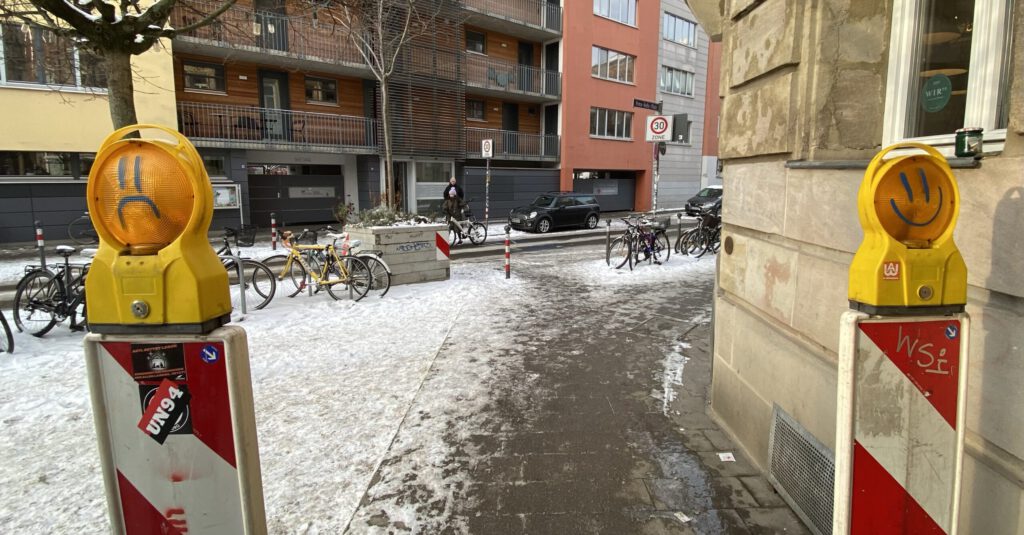Table of Contents
Motivation
Inspect and adapt & Iterative and incremental are the most basic agile principles.
So, inspection of your process after every iteration can be done by a retrospective.
Vegas Rule
First some psychological safety:
Vega’s Rule: What happens in a retro stays in the retro!
Participants only want to share their insights and concerns when they are not afraid of retaliation.
Types of Retro
The following retro types can be used in the gather insight stage
Mad – Sad – Glad

The easiest way to do a retro is the mad – sad – glad strategy:
You draw 3 lanes on a whiteboard, everyone fills out some post-its and puts them into the corresponding lane.
Voila!
The cool thing about this retrospective type is that certainly anyone has feelings about stuff going on.
The drawback is that it is a passive approach and you have to derive some actions to improve the mad & sad points.
Start – Stop – Continue
This type changes the retro to a more active approach:
We write down which habits / processes / practices we need to start doing, stop doing or continue doing.
Keep – Add – Less – More
An even more pronounced approach is KALM (love the acronym)
Instead of completely stopping to use a technique / process you can just do less of it.
Instead of doing something new you can do more of any existing behavior.
Last but not least you can keep it on the same level or add new stuff as well.
Tool Support
If you want to conduct the retro online you can use
It supports Mad – Sad – Glad and Start – Stop – Continue
Further Reading
https://creatronix.de/ten-rules-for-agile-retrospectives/
https://creatronix.de/the-agile-manifesto/
Agile Retrospectives: Making Good Teams Great from Derby and Larsen (Amazon Affiliate)






